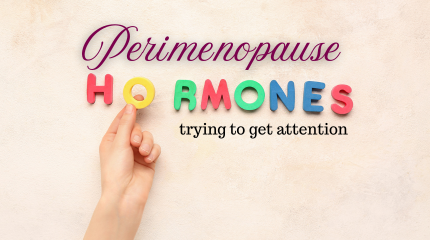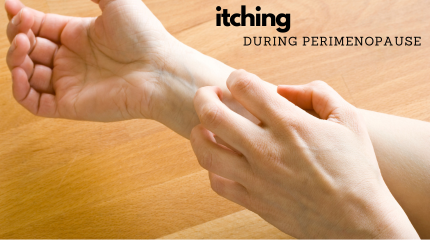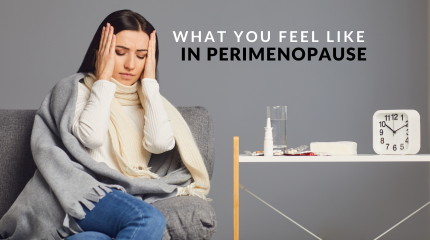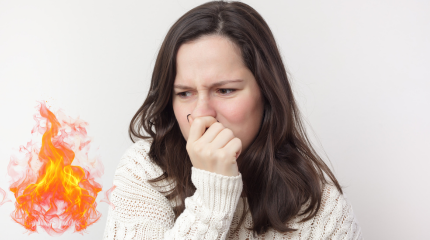Peri Menopause
Perimenopause is the time around menopause when your ovaries gradually stop working. This is a natural process that causes physical and emotional symptoms. It does not need treatment, but treatment can help ease symptoms.
Many women experience an array of symptoms as their hormones shift during the months or years leading up to menopause — the natural end of menstruation.
Perimenopause varies greatly from one woman to the next. It usually starts in your 40s. The average duration is three to four years, although it can last just a few months or extend as long as a decade.
What Causes Perimenopause?
Perimenopause is a significant phase in a woman’s life. It begins as your ovaries start to run out of eggs — though you can still get pregnant during this time.
Hormone levels like oestrogen fluctuate, which can trigger perimenopausal symptoms such as hot flushes.
Perimenopause Symptoms
Many women have physical and emotional symptoms during perimenopause. Every woman’s experience is unique:
- About 20% have no symptoms
- 60% experience mild to moderate symptoms
- 20% have severe symptoms that interfere with daily life
Your symptoms may be due to:
- Low oestrogen: hot flushes, night sweats
- High oestrogen: sore breasts, migraines
Common Physical Symptoms
- Hot flushes and night sweats
- Sleep problems and tiredness
- Headaches
- Aches and pains
- Dry vagina
- Sore breasts
Common Emotional Symptoms
- Mood changes
- Forgetfulness
- Brain fog
- Anxiety or depression
By recognizing the signs of perimenopause and seeking appropriate support, women can embrace this transition as a new stage of life filled with potential for personal growth and self-discovery.






